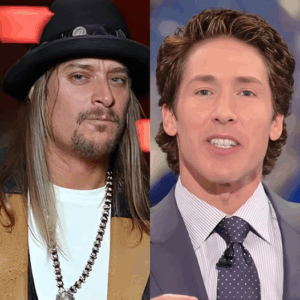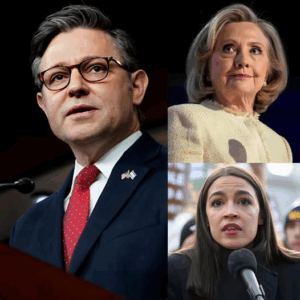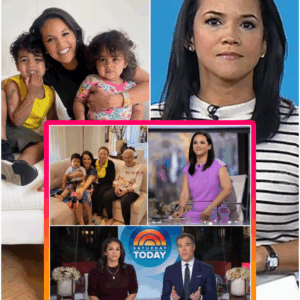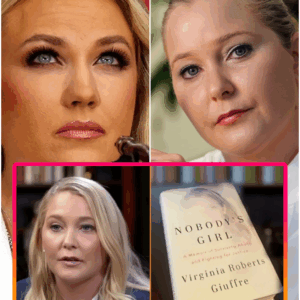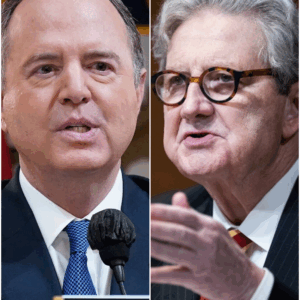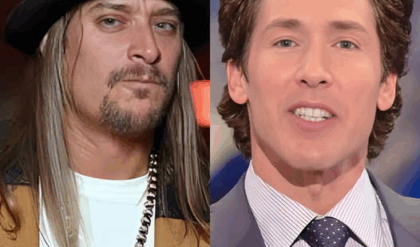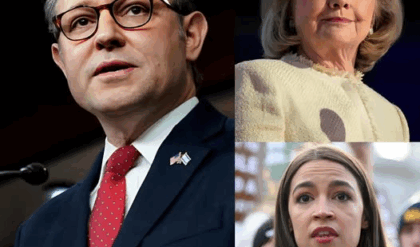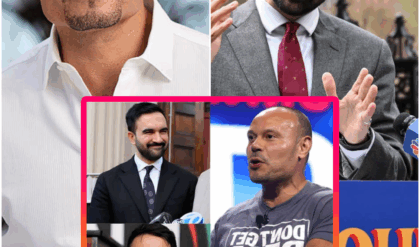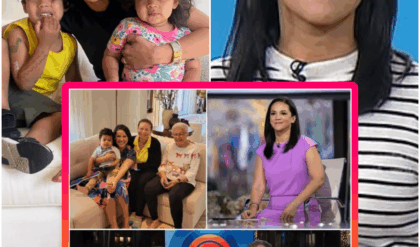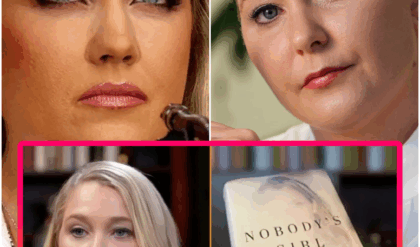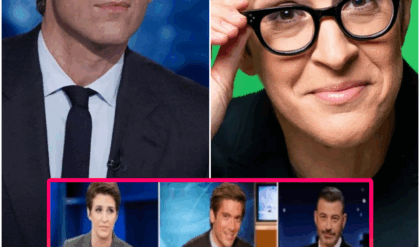On September 6, 1997, the funeral of Diana Princess of Wales was broadcast to billions of people around the world. Celebrity funerals always attract the public’s attention, but this was different. In contrast to the staggering scope of the event, small details from Princess Diana’s funeral reveal the event for what it fundamentally was: a time to mourn one of the most beloved public figures in the world, a woman who was also a mother, friend, and compassionate global citizen.
Princess Diana tragically passed on August 31, 1997, at the age of 36. Though estranged from the British royal family – her disastrous marriage to Prince Charles officially ended in 1996 after years of pain, betrayal, and separation – she left behind two adored sons, Princes William and Harry, who deeply loved her. Diana’s passing was also a loss for people around the world who felt they connected with her vulnerability, compassion, and philanthropic spirit.
Behind the pomp and ceremony of the Princess Diana funeral – including her burial dress and the funeral music that stayed on the airwaves for months after the event – were small moments of heartbreak, tension, and poignancy from a family, nation, and world grieving the loss of the so-called “People’s Princess.”
Prince Harry Hated Walking Behind His Mother’s Casket
One of the lasting images of Princess Diana’s funerals is of her grief-stricken sons – 15-year-old William and 12-year-old Harry – bravely walking behind the carriage bearing their mother’s casket. Accompanied by their father Prince Charles, grandfather Prince Philip, and uncle Earl Spencer, the princes walked the distance from St. James’s Palace to Westminster Abbey, where the funeral was held.
Being part of the procession was incredibly difficult for the young princes. As Harry later remembered:
My mother had just died, and I had to walk a long way behind her coffin, surrounded by thousands of people watching me while millions more did on television. I don’t think any child should be asked to do that, under any circumstances. I don’t think it would happen today.
William reportedly didn’t want to make the walk, either, and only agreed to it when Prince Philip assured him he would be at his side.
The Queen Lowered Her Head As A Sign Of Respect As Diana’s Casket Passed Her During The Procession
As Princess Diana’s casket journeyed via carriage from Kensington Palace to Westminster Abbey – which hosted the funeral – thousands of mourners lined the street to solemnly watch the procession and pay their respects. Among them: Queen Elizabeth II. She stood outside Buckingham Palace, and, as Diana’s casket passed by, she lowered her head as a sign of respect for her former daughter-in-law.
Queen Elizabeth II’s bow was no small thing. As the head of the United Kingdom, she bows to no one. But Elizabeth made an exception for Diana. In that, the queen strayed from protocol.
Diana’s Brother Delivered A Daring, Controversial Eulogy
Diana’s younger brother Charles, Earl Spencer, delivered his sister’s eulogy at her high-profile funeral at Westminster Abbey. Speaking in front of the queen, royal family, and billions of viewers around the world, Earl Spencer didn’t mince words when he defiantly took shots at the monarchy, stirring controversy.
Earl Spencer described Diana as being a person “with a natural nobility who was classless and who proved in the last year that she needed no royal title to continue to generate her particular brand of magic.” In other words, Diana thrived outside of the monarchy.
He also assured his grieving nephews that the Spencer family would always be there for them, “so that their souls are not simply immersed by duty and tradition, but can sing openly as [Diana] planned.” In this, he positioned the “duty and tradition” of the monarchy as fundamentally constraining and suffocating.
Mourners inside Westminster Abbey could hear contagious applause from the crowds outside the funeral as Earl Spencer spoke, and the applause rippled inside the abbey. The eulogy also struck a chord with a public who was still resentful that Queen Elizabeth II had been slow to publicly respond to Diana’s passing. Newspapers demanded, “Where is the queen when the country needs her?” The crux of the matter was that, at first, the queen and the royal family viewed Diana’s passing as a private matter, not a public one.
Earl Spencer denied he was trying to insult the monarchy:
I don’t feel I said many pointed things. I believe that every word I said was true and it was important for me to be honest. I wasn’t looking to make any jabs at anyone actually, I was trying to celebrate Diana.
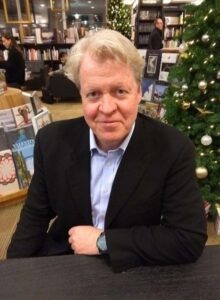
Harry Left A Card Marked ‘Mummy’ On Her Casket
In the days following Diana’s passing, thousands of mourners lefts cards, gifts, and flowers outside of Kensington Palace and Buckingham Palace. But one particularly heartbreaking card caught the world’s attention: Prince Harry placed a card addressed to “Mummy” atop a specially chosen bouquet on her casket.
The simplicity of the card – a final note from a boy to his deceased mother – seemed to capture the pain and heartbreak of the moment. As Lisa Webb, the florist who provided the flowers, later recalled:
I felt extremely emotional seeing “Mummy” on the card. It was in Prince Harry’s own handwriting. The young boy was sending those [flowers] to his mother. The flowers were chosen by the princes because their mum loved white roses and also tulips.
Millions Of Bouquets Were Left Outside Of Kensington Palace And Buckingham Palace
After news of Princess Diana’s passing was reported in the early morning of August 31, 1997, mourners began to gather in front of Kensington Palace – which had been the Princess of Wales’s London address – and Buckingham Palace. They came together to cry and remember a woman few of them had actually met but all of them had felt they somehow had known. Mourner Tasha Jane, for example, brought a white rose to Kensington Palace: “I followed her life and felt like I could really relate to her.”
Indeed, mourners didn’t come empty-handed – they brought cards, mementos, and flowers. In total, mourners left an estimated more than 60 million flowers on royal property.
Prime Minister Tony Blair First Dubbed Her ‘The People’s Princess’ Shortly After Her Passing
Prime Minister Tony Blair correctly gauged the public mood in the wake of Princess Diana’s passing. According to one-time Blair adviser Anji Hunter:
People felt so emotional about Diana because she had an extraordinary connection with everybody. People felt kinship with her; it was like your own beloved friend, mother, sister had died.
Blair tapped into these feelings and acknowledged the princess’s undeniable connection with ordinary people around the world. In an official statement following Diana’s passing, Blair paid tribute to her and bestowed her with a new title:
She touched the lives of so many others in Britain and throughout the world with joy and with comfort. How many times shall we remember her in how many different ways – with the sick, the dying, with children, with the needy? With just a look or a gesture that spoke so much more than words, she would reveal to all of us the depth of her compassion and her humanity. We know how difficult things were for her from time to time. I am sure we can only guess that. But people everywhere, not just here in Britain, kept faith with Princess Diana. They liked her, they loved her, they regarded her as one of the people. She was the People’s Princess and that is how she will stay, how she will remain in our hearts and our memories for ever.
Prince Charles Insisted Diana Have A Public Funeral
Queen Elizabeth II and Diana’s family, the Spencers, agreed on one important point: They believed that Diana’s funeral should be a private affair, rather than a public one with a lot of fuss. After all, Diana had technically left the royal family, and her sons deserved to grieve in private.
Prince Charles, however, insisted that Diana’s funeral should be public, with all the trappings befitting the Princess of Wales. Prime Minister Tony Blair agreed with Charles and petitioned for a funeral that would be inclusive to as many people as possible.
The Royal Standard Was Draped Over Her Casket, Breaking Protocol
The Royal Standard is the four-panel flag that represents the United Kingdom and its sovereign, with England exemplified in the first and fourth quarters by three lions walking, Scotland in the second quarter by a lion on its hind legs, and Ireland in the third quarter by a harp. It’s flown when the queen or king is in an official royal residence, car, or plane; otherwise, the Union Jack is flown.
The Royal Standard is not supposed to be used at royal funerals because the flag indicates that the sovereign is present. At Princess Diana’s funeral, however, not only did she get a public royal funeral, but her coffin was draped with the Royal Standard, as her son Prince Harry wrote in his 2023 memoir Spare:
Then eight Welsh Guards moved forward, hoisted the enormous lead-lined coffin, which was now draped in the Royal Standard, an extraordinary breach with protocol… The Royal Standard was always reserved for members of the royal family, which, I’d been told, Mummy wasn’t anymore. Did this mean she was forgiven? By Granny?
Harry also noted that in another breach of protocol, the Union Jack was flown at half-mast outside Buckingham Palace for his mother, even though that had not been done for previous royals. The public, however, believed such a gesture would show respect for Diana.
The Palace Used Plans That Had Been Made For The Queen Mother’s Funeral
Royals leave nothing unrehearsed – not even funerals. The institution plans funerals for high-ranking members of the royal family decades in advance. Plans for the Queen Mother’s funeral – referred to as “Operation Tay Bridge” – had been rehearsed for 22 years before Diana’s passing in 1997.
“But,” according to royal biographer Sally Bedell Smith, “there were no plans in place for Diana’s funeral because she was no longer technically a member of the royal family.” So when she passed and the royal family was pressured into a public funeral, they scrambled to come up with something.
In the absence of plans, organizers borrowed from Operation Tay Bridge for Diana’s funeral.
Her Brother Chose A Private, Personal Place For Her Burial
Diana’s family – the Spencers – had hoped for a quiet funeral to lay her to rest, free from the public eye. But they lost out when Prince Charles petitioned for a public funeral.
As a compromise, the Spencers hosted a low-key, post-funeral burial at Althorp House, Diana’s ancestral home. Her grave remains on a small island in a lake on the estate grounds. The inaccessible site was purposely chosen by Diana’s brother Charles, Earl Spencer. As he explained, he envisioned the lake:
… as a buffer against the interventions of the insane and ghoulish, the thick mud presenting a further line of defence. We all agreed that, with its beauty and tranquility, this was the place for Diana to be.
Even though the public does not have access to Diana’s actual grave, Althorp House has attracted streams of tourists since her passing.
News
The auditorium glitched into silence the moment Joel Osteen leaned toward the mic and delivered a line no pastor is supposed to say in public. Even the stage lights seemed to hesitate as his voice echoed out: “God will NEVER forgive you.” People froze mid-applause. Kid Rock’s head snapped up. And in that weird, suspended moment, the crowd realized something had just detonated off-script.
The crowd expected an inspiring evening of testimony, music, and conversation. What they got instead was one of the most explosive on-stage confrontations ever witnessed inside a church auditorium. It happened fast—36 seconds, to be exact.But those 36 seconds would…
The room stalled mid-breath the moment Mike Johnson snapped open a black folder that wasn’t on any official docket. Cameras zoomed. Staffers froze. The label on the cover — CLINTON: THE SERVER SAGA — hit like a siren. Johnson leaned toward the mic, voice sharpened enough to scratch glass, and read a line that made every timeline jolt: “Her email is criminal.”
Here’s the thing about made-for-TV government: it knows exactly when to hold a beat. Tuesday’s oversight hearing had the rhythm down cold—routine questioning, polite skirmishes, staffers passing notes like we’re all pretending this is not a stage. And then Mike…
🔥 “THE FLOOR SHOOK BEFORE ANYONE COULD SPEAK.” — Investigator Dane Bonaro didn’t walk into the chamber — he tore through it, slamming a blood-red binder onto the desk with a force that made the microphones hiss. The label on the cover froze the room mid-breath: “1.4 MILLION SHADOW BALLOTS.” He locked eyes with the council and snarled, “You want the truth? Start with this.” For one suspended second, every camera operator lifted their lens like they’d just smelled a political explosion.
Here’s a scene you’ve watched a hundred times if you’ve spent enough hours in hearing rooms and greenrooms: a witness with a flair for performance, a committee hungry for a moment, and a gallery of reporters quietly betting which line…
🔥 “THE SMILE FLICKERED—AND THE ENTIRE STUDIO FELT IT.” — Laura Jarrett walked onto the Saturday TODAY set with the kind of calm, polished glow producers dream of. Cameras glided, lights warmed, and the energy felt like a coronation. But right as she settled between Peter Alexander and Joe Fryer, something shifted — a tiny hesitation in her smile, the kind that makes everyone watching sit up a little straighter. And then it came: a voice from outside the studio, sharp enough to snap the broadcast in half. For a full second, no one moved.
Here’s the thing about TV milestones: they’re designed for easy applause. A new co-anchor takes the desk, the chyron beams, the studio lights do their soft-shoe, and everyone is on their best behavior. It’s a ritual as old as morning-show…
🔥 “THE ROOM STOPPED LIKE SOMEONE CUT THE OXYGEN.” — What’s racing across timelines right now isn’t framed as a speech, or an interview, or even a moment. It’s being told like a rupture — the instant Erika Kirk, normally armored in composure, let a single tear fall while standing beside Elon Musk. Witnesses in these viral retellings swear the tear didn’t look emotional… it looked inevitable, like something finally broke through her defenses. And when Musk turned toward her, the entire audience leaned in as if they already knew the world was about to shift.
It was billed as a calm forum on human rights—an hour for big ideas like freedom, transparency, and the obligations that come with having a public voice. The stage was washed in soft gold, the kind of lighting that flatters…
🔥 “THE ROOM WENT DEAD IN UNDER A SECOND.” — What unfolded inside the Senate chamber didn’t look like a hearing anymore — it looked like a trap snapping shut. Adam Schiff sat back with that confident half-smile, clutching a 2021 DOJ memo like it was the final move in a game he thought he’d already won. Staffers say he timed his line perfectly — “Your rhetoric ignores the facts, Senator. Time to face reality.” But instead of rattling Kennedy, something in the senator’s expression made even reporters lean forward, sensing the shift before anyone spoke again.
It didn’t look like much at first—another oversight hearing, another afternoon in a Senate chamber where the oxygen gets thinned out by procedure. Then Adam Schiff leaned into a microphone with a lawyer’s confidence, and John Neely Kennedy pulled out…
End of content
No more pages to load





